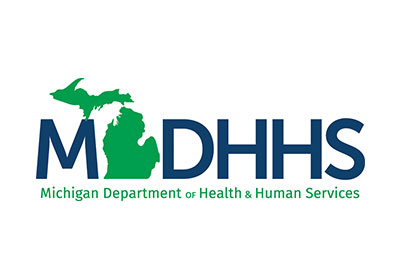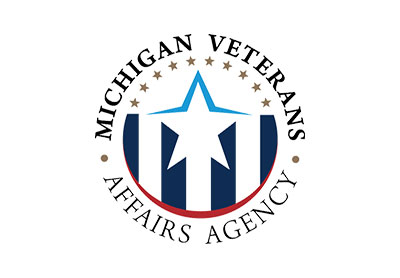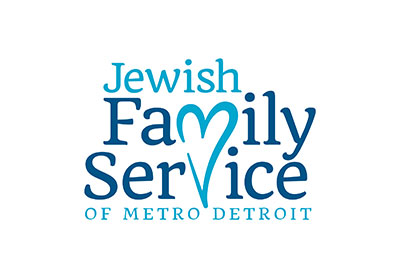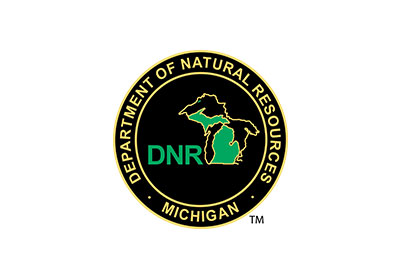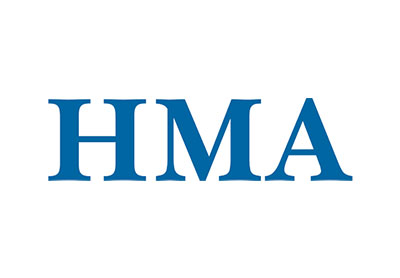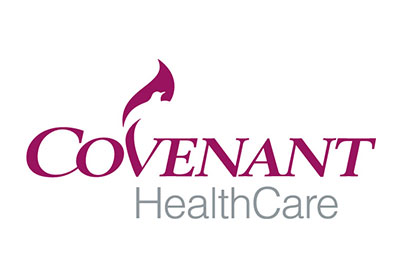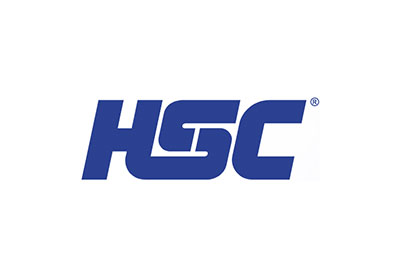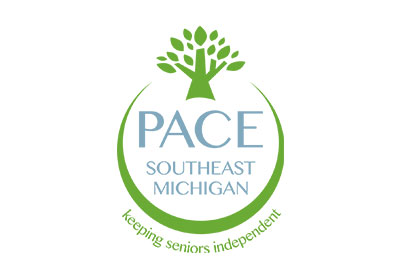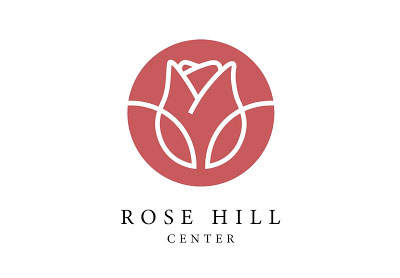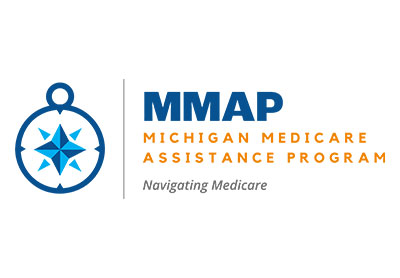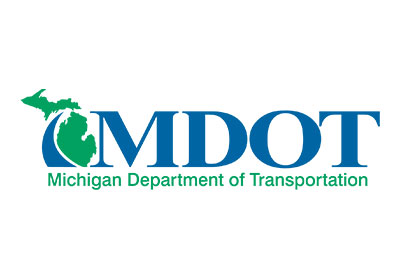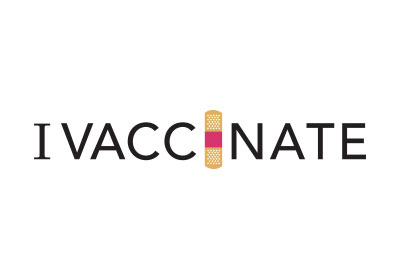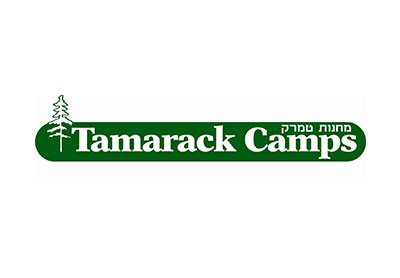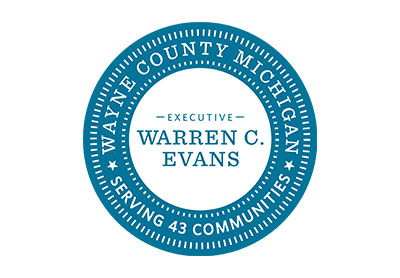
My Eastern European dad believed that garlic cured pretty much all of what might ail you.
At the first sign of a cold, he’d peel a garlic clove and scrape it liberally across a slice of toast. The balance of the bulb would be chopped, stewed and chewed until the virus surrendered.
Sweat was another key part of his treatment regimen. He’d dress in layers of sweats, wear wool socks and a knitted cap. He’d tie a scarf around his neck like an ascot, whether for insulation or humor’s sake. He would never visit a doctor because that would mean being sick, which he regarded as a character flaw—something he could and should control.
My dad inherited his healthcare rituals and attitude from his parents, Czechoslovakian immigrants who adapted well to a new country but clung to cultural beliefs. Like garlic is medicine, sweat is therapeutic and hospitals are for the dying.
Culture has a significant influence on healthcare, according to research by Gartner Iconoculture. Today, multicultural consumers—notably Latino, African American and Asian American—face historical and universal barriers to accessing and receiving healthcare. And it’s not for lack of consumer motivation or effort.
Multicultural consumers are highly engaged health consumers with big aspirations (CEB Iconoculture Values and Lifestyle Survey, October 2017). Twenty-five percent of multicultural consumers use holistic care for health, compared to 21 percent of Caucasians. African American consumers, especially, say they do whatever it takes to prevent illness. Forty-seven percent of Asian Americans follow a specific diet to maintain physical health versus 32 percent of Caucasians.
But multicultural consumers feel overlooked and misunderstood when it comes to healthcare in the U.S.
“Doctors aren’t listening to us, just to be quite frank,” said tennis great Serena Williams in an interview with BBC Sports after experiencing harrowing childbirth complications. Black mothers in the U.S. die at three to four times the rate of white mothers (NPR.org, 7 December 2017).
Three barriers that stand between multicultural consumers and healthcare
Gartner Iconoculture discovered three prevailing pain points in the research shared by Latino, African American and Asian healthcare consumers:
-
Attitude. “Multicultural consumers conceptualize and experience health and wellness through a distinctive cultural lens that is ill-suited for the one-size-fits-all attitude adopted by the majority of the American healthcare system.”
When Latinos talk about healthcare, it’s through the lens of Familisimo—strong family loyalty. They lean on community for guidance and motivation. Said a Latino Millennial male CEB Iconoculture focus group participant: “The people I work out with are Hispanic and we’re making good health choices together. Saturday runs really turned into a social half hour. We’re each other’s therapists. We share best practices.”
Cultural barriers to understanding prompt African American healthcare cause consumers to take healthcare into their own hands. Asian Americans, meanwhile, expect health to be quantifiable and measurable.
-
Access. “Multicultural consumers feel stigmatized by the biases of traditional healthcare’s institutional system, making them wary of utilizing care and preferring more personalized, informal options from within their own community.”
Only one in three African American consumers agrees that the healthcare system is designed to help everyone, regardless of ethnicity (versus over half of Caucasian consumers). “Black people don’t really trust institutions. Institutions haven’t really been for us,” an African American Gen Xer said in a recent focus group for CEB IconoCommunities.
Latinos expect healthcare to be relatable, ideally culturally but at the very least practically. Put another way by a female Boomer who participated in the focus group research: “You’re not hearing me. I don’t understand what’s going on with the medical field. I know they care, otherwise they wouldn’t be here. (But) in wanting to get well, you walk outside with $600 in product.”
Asians are uniquely willing to use the healthcare system and actually look forward to checkups.
-
Approach. “As a whole, multicultural consumers prefer culturally contingent alternatives (related to their distinct ethnic experience) over the prescribed medical interventions of the traditional healthcare system.”>
Alternative healthcare treatments connect Latinos to their culture and community. Asians stick with science and proven Western medicine. African Americans are more open to integrative or purity-based alternatives. “I put onion in my kids’ socks. It draws the cold and the toxins out of your body. And sometimes I rub their chests with apple cider vinegar or Vicks,” said an African American female Boomer who participated in the focus group research.
In sum, a total market approach to healthcare doesn’t work. Marketers need to consider cultural influences and beliefs in order to treat the whole person, from access and prevention to diagnosis, treatment and recovery. All healthcare consumers deserve to be empathetically understood.
Reaching out and serving multicultural healthcare consumers is also a burgeoning market opportunity. There’s about a $28 billion opportunity for the consumer health products space alone, and $1.3 trillion in healthcare spending — a number that will continue to grow as our country becomes more diversified.
Is your healthcare journey map missing a key step? Find out now.


